-
Posts
575 -
Joined
-
Last visited
Content Type
Forums
Events
Gallery
Posts posted by No.4
-
-
3 hours ago, Endo said:
Regarding ceiling bounce: Dope from Hope, Dec. '60; PWK writes about Dr. Boner's convex designs in masonite. I realize these may not be practical for a lot of us; but imagine if there were another material, like maybe cloth with batting of some kind? Just a thought.
The ceiling has always seemed to me as one of the largest players in this game that gets the least attention.
I was thinking about something similar to this earlier. An effective sound absorber that is highly transparent would be very useful, especially for my large window. I will have to read that article. Maybe there is a modern material that would be better suited for this application.
-
-
-
-
19 hours ago, Chris A said:
Try flipping the polarity of the bass bin woofer connections, then run another sweep to see if that jump in group delay at 300-400 Hz changes significantly.
I reversed the connections and the peak is still there, but has been reduced by half.
19 hours ago, Chris A said:Also, you appear to have mild reflections at about 6 and 9 feet on the tweeter portion of the spectrum. That could be ceiling bounce (the 9-foot reflection) and side wall bounce, or perhaps a coffee or something solid that's reflecting back to the microphone.
Try placing something absorptive above the tweeter to absorb the energy going toward the ceiling...and have a listen.
there are several items that could be reflecting very close to the tweeter like the side wall and the audio rack and sides of the amp. Part of my plan is to build a new rack that will be low enough to not have any components extend above the bass bin. With a new lower rack I can build a panel that will extend entire span between the speakers.
18 hours ago, RoboKlipsch said:Room treatment fixes so much few really understand! Lowering and balancing decay times and ringing is everything in playback. A speaker...any speaker or component cannot replicate the benefit of adding absorption. Keep going!
I foresee a lot of building, listening, and measuring in the near future. The key to this will be joining the functional with the asthetic. Should be fun.
I will post some plots soon. I have been having some internet issues this morning.
-
4 hours ago, Chris A said:
Try taking a measurement with lot and lots of absorption on the floor and adjacent walls--within about 4-6 feet of the microphone. Those group delay issues will typically disappear. So will the "confusion" of the soundstage imaging to your ears...
I utilized every cushion and pillow I could. There is a very noticeable change on these plots. there is still a huge peak between 300-400hz though.
-
Great, thanks Chris! I have already added a few thin denim panels around the left channel, which I will measure. Then I will add blankets and couch cushions, measure and compare. The right channel will be more of an issue to address because of the window. I don't have too many WAF issues but if I cover the window I may run into some. I should also add that even just seeing the SPL with the sub and making adjustments to the plate amp have yielded better results already. Tuning elements by ear has worked for me but I think I became complacent.
-
@Chris A I revisited the group delay and spectrogram plots based on some of the different settings you appeared to be using in your previous posts. There appears to be a substantial peak just below 400hz in both of these plots. On the spectrogram there is quite a bit of activity below 400hz but it seems that the response is fairly smooth from @900hz to 8khz where it begins to have some pretty large peaks. Are the peaks in the 9k to 12k region representative of reflections?
I have to admit I have been looking at digital crossovers this morning, but in staying with my promise from my previous post, for now I want to see how dialed I can get without digital correction. plus they are a little pricey.

I really like contrast of the dark background too!
-
19 hours ago, Endo said:
do the floor-to-ceiling, album-lined shelves contribute to rooms effectiveness?
Based on what I have read here and elsewhere, I would say they help. I'm not sure if they would absorb the reflections or diffuse them, or probably both. Along the way as I have made changes to my room such as a new larger thicker rug, different furniture, large plants etc. the differences in sound can be very noticeable. This really led me to the point where I am now. I think treating the room is the next logical step in the quest for the highest fidelity. hopefully I can achieve improvements this way that will be more noticeable than component tweaks. I have made an unofficial promise to myself not to change any system elements until I address the issues that are present in my room. however since I started this thread I did swap out the k401s for some eliptracs. So..starting now.
-
-
-
-
23 minutes ago, avguytx said:
What length? Maybe 1"? 1.25"? I need to measure the thickness of the K-33 frame.
When I bought bolts I got a few different lengths so I wouldn't have to make an extra trip. I used 3/4 for my motorboard but I also added a 1/4 spacer because I used the 15c , so mine were at least 1 1/2.
-
If I remember correctly I used t nuts and 1/4 20 bolts with a washer. I also used all of the holes. Good luck on your project.
-
On 6/24/2017 at 8:33 PM, Marvel said:
That os a really nice looking room! What is the distance from the wall the speakers are on to the back wall with the acoustic treatment (nicely done btw)?
Thanks Bruce! the walls are about 11' apart and the listening position is currently just in front of the back wall.
On 6/24/2017 at 8:33 PM, Marvel said:I look forward to your results with REW.
So far messing around with REW has been very interesting. This software has an enormous amount of features, it just amazes me that it is free. What I really need to di is read more about turning the data from the plots in to real life solutions. Unfortunately my free time has been at a minimum lately, but I try to take a few minutes here and there just to keep my sanity.
On 6/25/2017 at 4:34 AM, Chris A said:If you're looking at low frequency only, I find that doing each La Scala one at a time--without sub on--will give you measurements that will be easier to see the actual frequency response without comb filtering. The human hearing system is quite tolerant of comb filtering, but the eyes are much less tolerant. Then you can add the sub to see the time domain effects in the spectrum and waterfall plots.
Otherwise, if you're doing a full sweep (20-20k Hz), I'd also recommend doing those measurements one La Scala at a time with the microphone at one metre in front of the bass bin/midrange horn mouths. That will avoid most of the room reflections that can make reading the plots more difficult.
Chris
I took new measurements with the mic centered 36" away from the bass bin with and without the sub one side at a time. I also messed with the crossover setting of the sub amp as well as the volume.
-
-
-
Okay so it took a little longer than I hoped to find the time to get this all together and take some measurements, but it finally happened. I had to wait until no one was home, turn off all the fans, throw the fridge circuit breaker, wait for the AC to cycle off and then I had to wait for it to stop raining! It takes a little while to get everything calibrated but "Getting started with REW: A step by step guide" is very helpful. I started out taking an SPL measurement of each speaker individually with the sub off, and then one with it on. I took the measurements with the mic off the ground pretty much dead center of the speaker top to bottom side to side, and 36" away. This is my first attempt at obtaining any useful information from these results but my amateur eyes it seems that I may need to lower the volume of the sub a little, to get the SPL closer to the speakers.
-
Personally I would solder all of the connections that were not being attached to the barrier strip. I would also flow solder into the crimp on the connections that were made with to the barrier strip. That's just me though. The small gauge solid strand wire can be tricky at times to make a good connection at the crimps.
-
 1
1
-
-
Ring terminal or crimp ring. Are you wanting to use these to be able to easily swap values?
-
3 hours ago, Schu said:
those dont look "cheap"... get one of these passives, Khozmo.
he'll deal on the price if you contact him.
The Khozmo is what I use before a kt88 SET. The khozmo is a very nice unit.
-
1 hour ago, parlophone1 said:
If I put the freewheel in function than I loose the fixed transmission, and then the whole thing will be pointless.
I was referring to a single speed freewheel. No shifters, no adjustment, just a simple drivetrain. A single speed freewheel won't cost you much more than a fixed cog if at all, and you won't hate your bike after ten minutes of riding. See if you can rent a fixed bike from the bike shop. See if you like it before you commit.
-
If you like the bike ask the shop if they can put a freewheel on it. Some rear hubs are flip flop hubs and will take a free wheel on the other side of the hub. Personally I think fixed gear bikes are/ were one of the most dangerous bike trends. Next to going brake less like many bmx riders did for a while (probably still do). I think riding fixed takes away one of the best parts of riding a bike, that free feeling you get while coasting. Fixed gear gets old fast. Ymmv
-
RIP
its been a bad couple of weeks.
-
 1
1
-



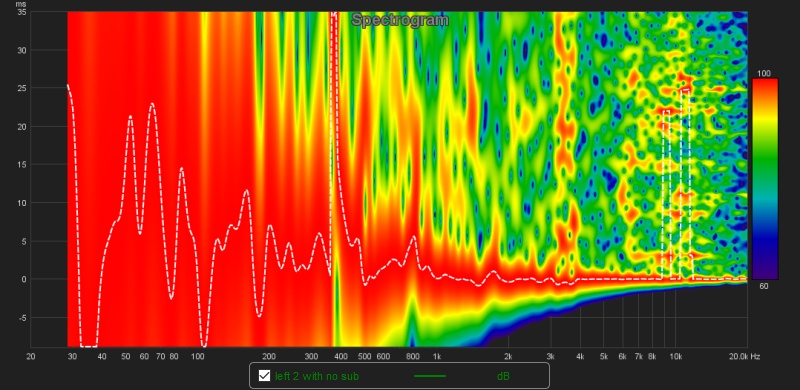
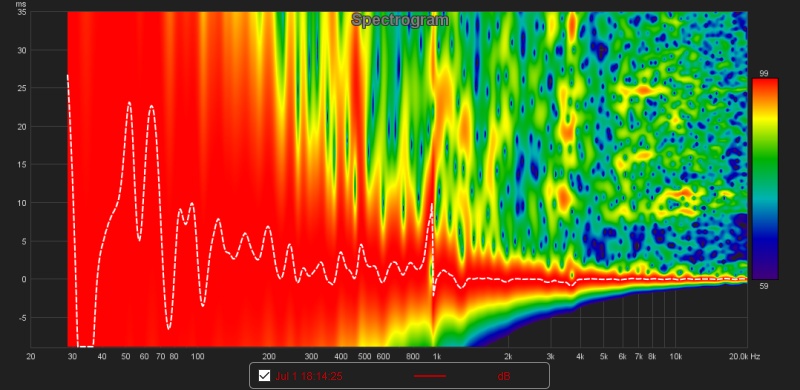

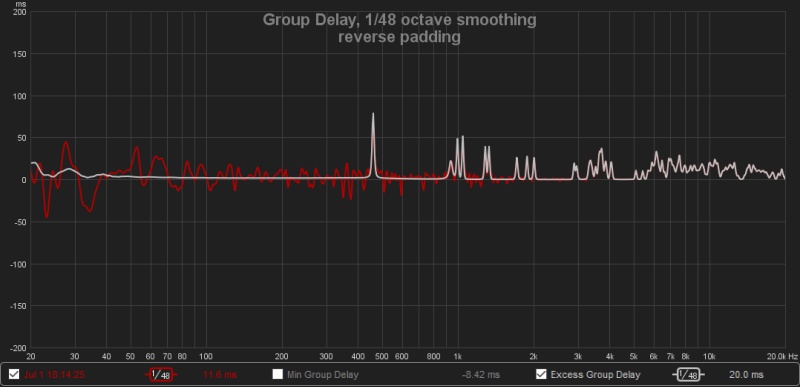


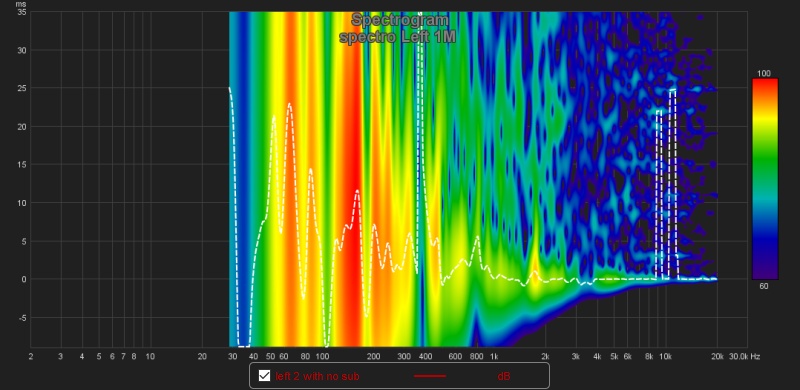


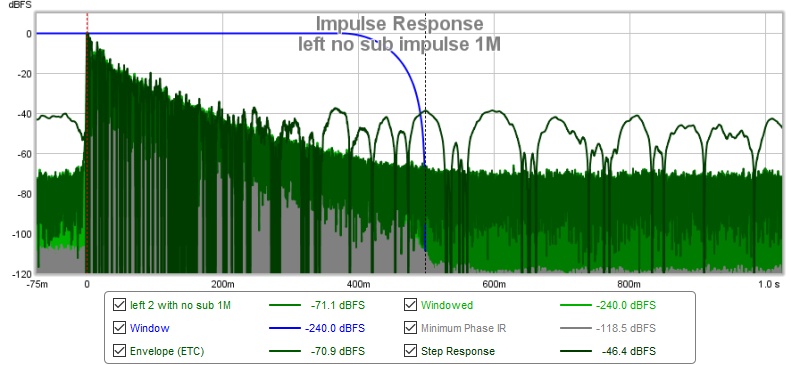
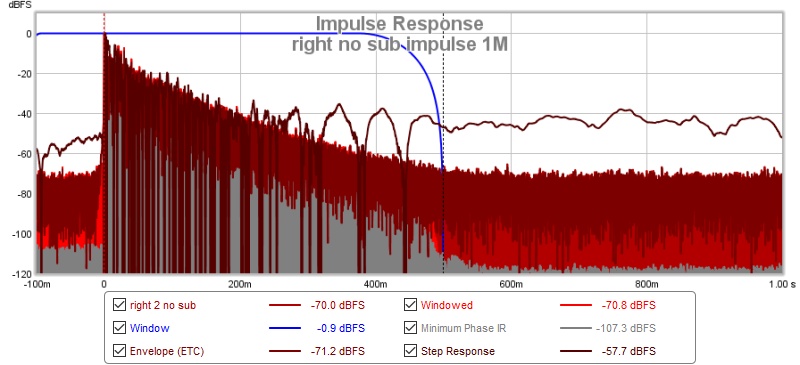
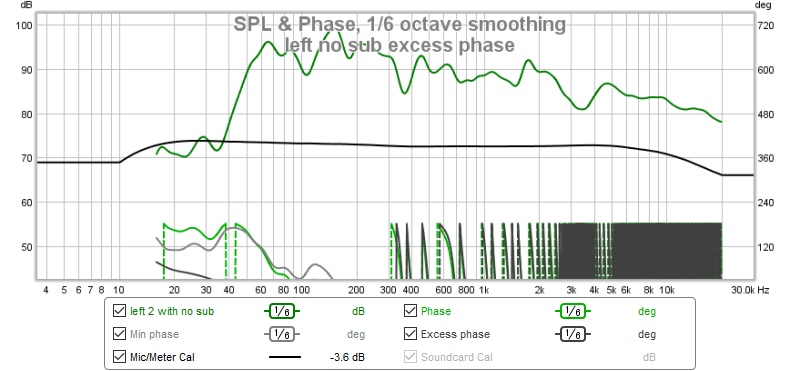

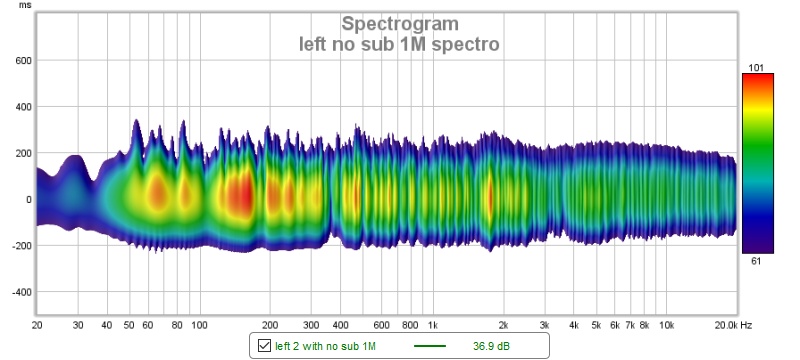


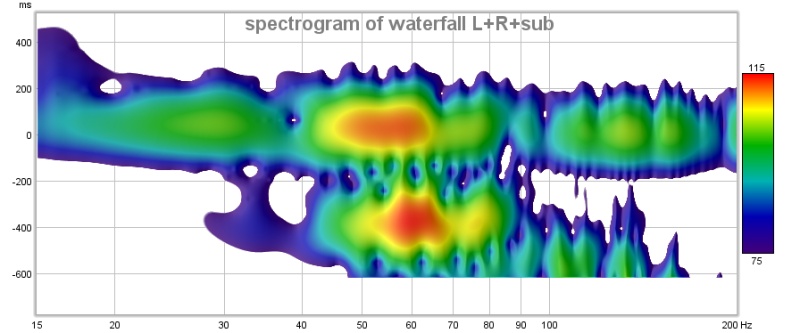
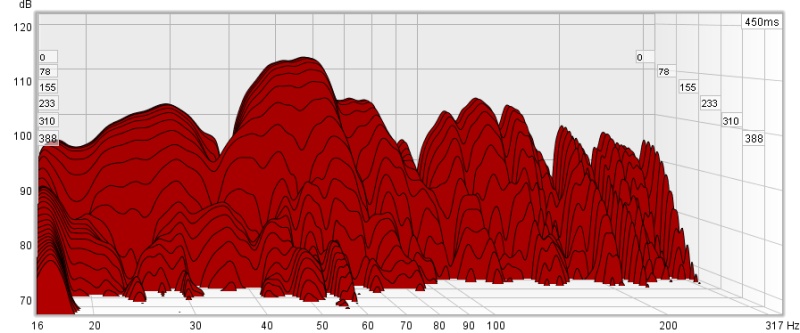

Room treatment to fix issues and add depth
in 2-Channel Home Audio
Posted
A bundle of roxul rockboard 80 is in route. Hopefully this will be enough to cover the mid and high frequencies in the room. Once these are in place I can move on to address the low frequencies. Apparently the setup in the photo below was not going to fly.